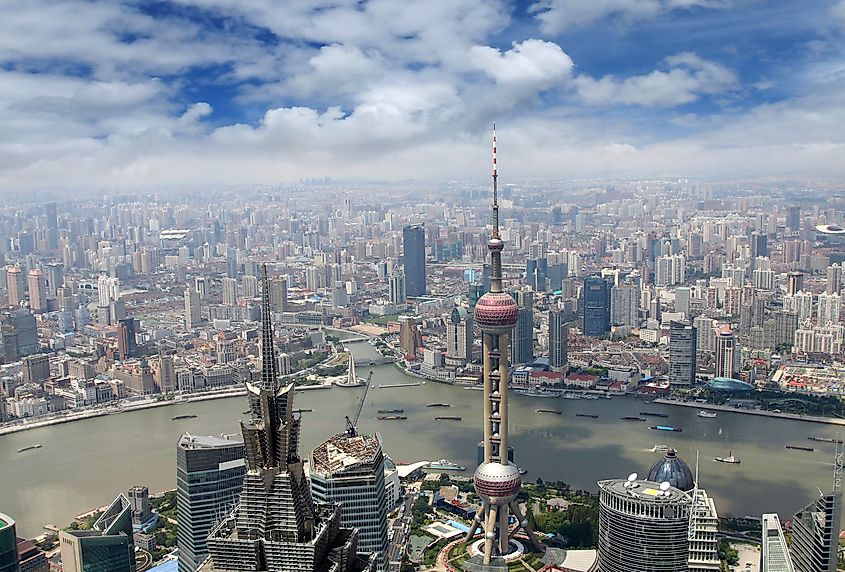According to the administrative divisions of the People's Republic of China, there are three levels of cities: provincial-level cities (consisting of directly-administered municipalities and the special administrative regions of Hong Kong and Macau), prefecture-level cities, and county-level cities. As of January 2024, the PRC has a total of 707 cities: 4 municipalities, 2 SARs, 293 prefecture-level cities (including the 15 sub-provincial cities) and 408 county-level cities (including the 38 sub-prefectural cities and 12 XXPC cities). This list does not include any cities in the disputed Taiwan Province and portions of Fujian Province, which are claimed by the PRC under the One China Policy, as these areas are controlled by the Republic of China (see the List of cities in Taiwan).
Prefecture-level cities nearly always contain multiple counties (县), county-level cities, and other such sub-divisions. Because of this, prefecture-level cities often overlap in area with county-level cities.
Four cities are centrally administered municipalities, which include dense urban areas, suburbs, and large rural areas: Chongqing (32.05 million), Shanghai (24.87 million), Beijing (21.89 million), and Tianjin (13.87 million).
In 2024, there were 105 cities governed by the People's Republic of China with an urban population of over 1 million.
List of cities
Contemporary cities
Types of cities
Renamed cities
Dissolved cities
Tier system
The Chinese central government introduced a ranking system in the 1980s to facilitate the staged rollout of infrastructure and urban development throughout the country. Cities were ranked by tier according to the government's development priorities. The tier system began as a bureaucratic classification, but has since the later 1990s acquired new salience from the perspectives of real estate development, commercial vitality and cosmopolitanness, besides the old notions of population, economic size, and political ranking. It has now become a proxy for demographic and social segmentation in China, especially relevant to those college-educated seeking non-governmental employment.
It is the general consensus that four cities, namely Beijing, Shanghai, Guangzhou, Shenzhen, belong to the first tier, while tier II includes other major cities. Small and medium cities are grouped into tier III or IV.
Republic of China (1912–1949)
- Note: All names are transliterated in pinyin.
- Fu (府) cities
- Shi (市) cities
See also
- List of capitals in China
- List of top Chinese cities by GDP
- List of top Chinese cities by GDP per capita
- List of prefecture-level divisions of China by GDP
- List of cities in China by population
- List of cities in the Republic of China (Taiwan)
- List of fu prefectures of China
- List of villages in China
References
External links
- China City Forum Archived 2016-12-27 at the Wayback Machine
- China City Development Institute - academic organization
- China Historical Geographic Information System (and Placename Search Engine)




